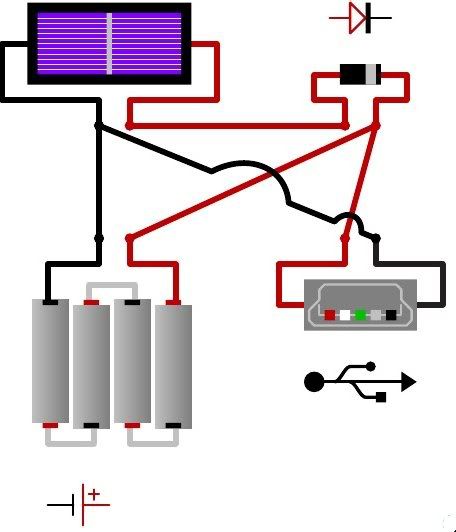Am I looking at this right?
a 2100 mAh 1.2v battery is 2.52 wh
So wouldn't a three cell 3 amp solar panel(4.5w) charge that battery in less than an hour?
How about four AA batteries arranged in parallel. Could they be charged by the same solar panel in less than four hours?
a 2100 mAh 1.2v battery is 2.52 wh
So wouldn't a three cell 3 amp solar panel(4.5w) charge that battery in less than an hour?
How about four AA batteries arranged in parallel. Could they be charged by the same solar panel in less than four hours?

Comment